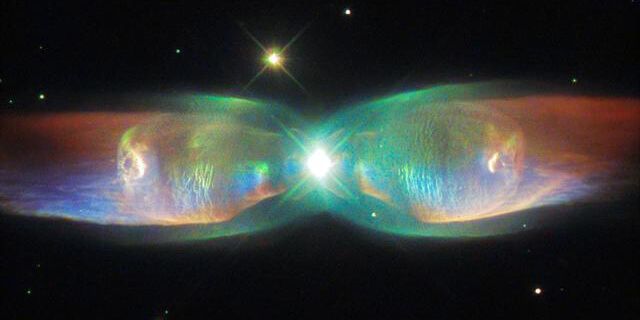Ahi tunas, often referred to as yellowfin tuna, is one of the most sought-after fish species both in the fishing and food worlds. Famous for their amazing speed power, strength, and awe-inspiring taste These powerful fish attract the attention of chefs and anglers alike. What exactly is the biggest the ahi tuna grow?
In this article we'll take an in-depth look at size of the ahi tuna and how it affects their growth, where to locate the largest specimens, as well as what size matters, both on the plate as well as in the open ocean.
What is Ahi Tuna?
"Ahi" is the Hawaiian name of the yellowfin Tuna (Thunnus albacares), a pelagic species that can be found in subtropical and tropical oceans across the globe. Sometimes, it is mistaken for bigeye tuna that are sometimes referred to as"ahi", true yellowfin tuna are distinguished by their long dorsal, bright yellow dorsal and anal fins.
Yellowfin are coveted for their tender, light meat and are often utilized for sushi, sashimi poke, and other grilled foods.
Typical Ahi Tuna Size
Ahi tuna's size ahi tuna's body can differ significantly based on its age, habitat and the conditions of the environment. On average:
-
Ahi tuna that is commercially caught generally can range between 40-130 pounds (18-59 kg).
-
Catches for recreational purposes may occasionally be more than 200 pounds (90+ kg) particularly in rich fishing zones such as Hawaii, Mexico, and the Gulf of Mexico.
-
Record-breaking dimensions have exceeded 400 pounds however such huge records are not common.
Regarding length an adult yellowfin tunas can be in length up to seven feet (over two metres) long. The fish is designed to be fast and tough and are a thrilling adventure for any angler who enjoys sport fishing.
How Fast Do Ahi Tuna Grow?
Ahi tuna grow quickly. The size of juveniles can double within a couple of months in favorable conditions. They are mature between two to three years old and can live for up to 8 years old. Due to their metabolism, yellowfin require huge amounts of food and travel long distances to feed upon smaller fishes, squid and crustaceans.
Their rapid growth and wide distribution are a major factor in their resilience, but sustainable fishing practices remain essential to ensure that populations remain healthy.
Why Size Matters
The size of the Ahi tuna is crucial because of a number of reasons:
1. Culinary Quality
Larger ahi tuna usually are known to have larger, more robust flesh and darker hue that are desirable characteristics for sushi or sushi. However, the most massive specimens might also have a stronger taste, which can be a matter of personal preference.
2. Fishing Regulations
Numerous fishing jurisdictions have limits on size and limitations on quotas to ensure the sustainability of their fisheries. Knowing the size average and legal will help anglers adhere to local laws and prevent overfishing.
3. Sport Fishing Prestige
For anglers who are big game the achievement of catching a big yellowfin is a sign of proficiency and endurance. Charter trips and tournaments often highlight catches that exceed 100 pounds. Some world records have not been broken for a long time.
Where Can You Find the Biggest Ahi Tuna?
Ahi tuna can be found in warm oceans all over the world however, some areas are popular for producing the trophy-sized fish.
-
Hawaii Hawaii - Home of deep Pacific waters and a wide variety of marine life Hawaii is among the top spots for catching massive Ahi.
-
Baja California, Mexico A region of great interest for sport fishing. large schools of yellowfin are frequently targeted from offshore.
-
Panama as well as Costa Rica - These Central American waters are hotspots for yellowfin tuna, with the average over 200 pounds.
-
Gulf of Mexico - Particularly around offshore platforms and oil rigs and where huge tuna feed and gather.
Tips for Catching Big Ahi Tuna
If you're aiming for large yellowfin, preparation is essential. Here are some expert guidelines:
-
Make sure you are using the correct tackle Rods, reels that are heavy-duty and lines are necessary to fight large tuna.
-
Live trolling lures or bait Ahi are agressive feeders, frequently seeking out flying fish or squid.
-
Watch out for dolphins and birds Seek out dolphins and birds Yellowfin typically feed underneath dolphins and birds, so the presence of activity on the surface could provide an indicator.
-
It's time to get it right The summer and the early fall are peak times across many regions.
A deeper look at Ahi Tuna's Growth and Size
For chefs, anglers and those who love seafood, to learn more about the size of ahi tuna can get as well as the biological causes behind their growth, as well as how to identify the different sizes of tuna, this detailed guide on the size of ahi tuna provides a comprehensive analysis of the science as well as actual information. It's an indispensable resource for anyone who is interested in the fascinating field of fishing for tuna.
Ahi tuna go beyond simply another fish. they're a thrilling task and a sustainable source of food as well as a crucial component of the food chain of marine animals. If you're fishing for sport or ordering sashimi from the favorite seafood restaurant learning about the dimensions and nature of the Ahi tuna will help you understand how amazing these ocean giants really are.
The next when someone asks you "How big do ahi tuna get?" -you'll be able to answer. And maybe you'll have a fishing tale or two to tell.



